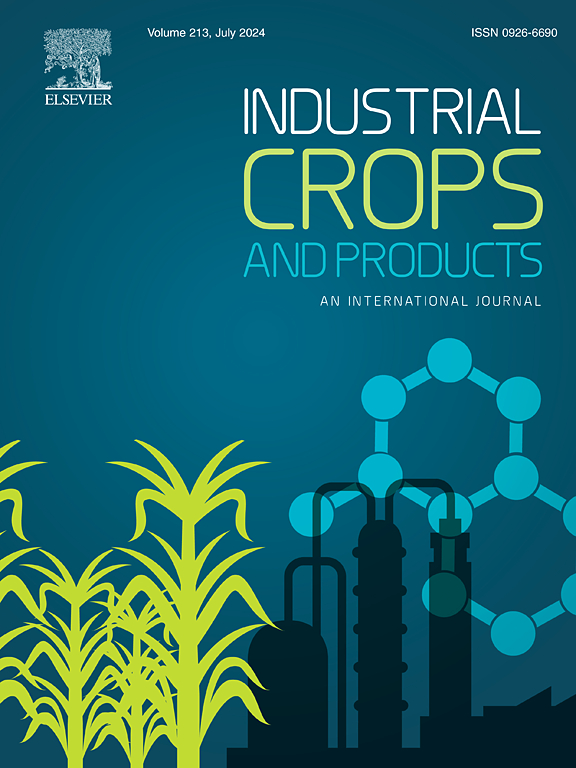Advances in lignin chemistry during pulping and bleaching
IF 5.6
1区 农林科学
Q1 AGRICULTURAL ENGINEERING
引用次数: 0
Abstract
Lignin, a key component of plant cell walls, undergoes significant structural changes during pulping and bleaching processes that critically impact pulp quality and paper properties. This review systematically examines recent advances in elucidating the structural and chemical transformations of lignin during pulping and bleaching processes, with a focus on reaction mechanisms and their industrial implications. In acidic pulping, protonation and hydrolysis of ether bonds lead to lignin depolymerization, while competing condensation reactions form carbon-carbon linkages. Alkaline pulping primarily cleaves β-O-4 bonds using quinone methide intermediates, which fragment lignin and enable condensation. Different reagents exhibit distinct mechanisms during bleaching: Chlorine dioxide phenolic groups form quinones and cleave aromatic rings, hydrogen peroxide-generated hydroxyl radicals preferentially attack non-phenolic structures, and ozone directly disrupts electron-rich aromatic regions through cycloaddition. These chemical changes not only facilitate lignin removal but also affect pulp’s brightness, strength and environmental impacts. This review provides a fundamental framework of lignin chemistry during these processes for developing more efficient, sustainable pulping technologies.
求助全文
约1分钟内获得全文
求助全文
来源期刊

Industrial Crops and Products
农林科学-农业工程
CiteScore
9.50
自引率
8.50%
发文量
1518
审稿时长
43 days
期刊介绍:
Industrial Crops and Products is an International Journal publishing academic and industrial research on industrial (defined as non-food/non-feed) crops and products. Papers concern both crop-oriented and bio-based materials from crops-oriented research, and should be of interest to an international audience, hypothesis driven, and where comparisons are made statistics performed.
 求助内容:
求助内容: 应助结果提醒方式:
应助结果提醒方式:


